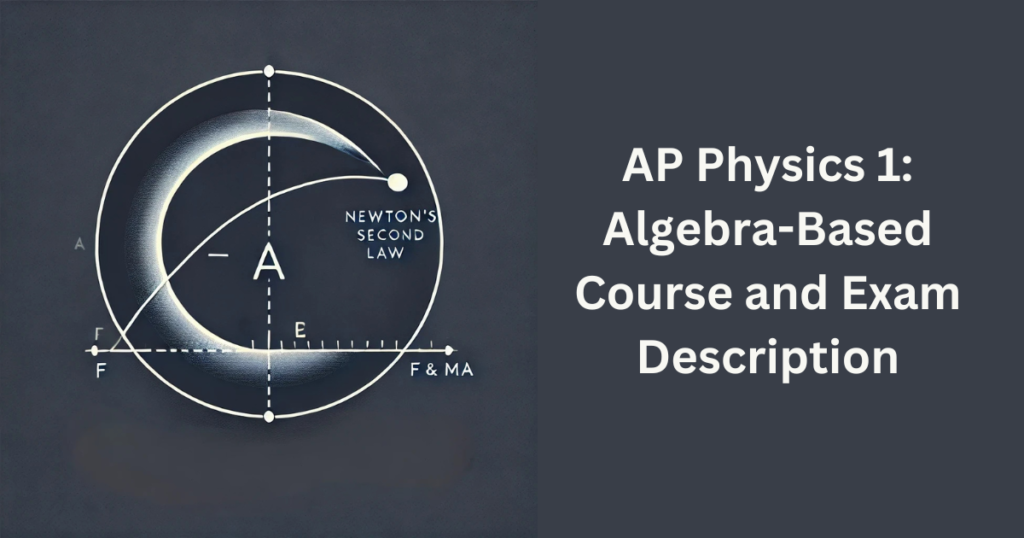What is The Importance of AP Physics 1?
The chance to get college credit is among the main drivers of AP Physics 1 enrollment. Doing well on the AP test could enable students to earn credit for a college-level physics course, therefore sparing them money and time over their college years. It may also enable them to place out of beginning physics classes, therefore liberating room for other disciplines or advanced courses in the sciences.
For students intending to explore physics more, AP Physics 1 is a fundamental course. Other advanced physics courses (such as AP Physics 2) and disciplines like engineering, chemistry, and computer science also depend on a foundation in motion, forces, energy, and electromagnetism for student success.
Particularly in disciplines such as engineering, architecture, and data science, many STEM professions depend very much on physical laws. Students who take AP Physics 1 acquire fundamental knowledge that readies them for these jobs. In many industries, the abilities and problem-solving approaches taught in the class are quite useful even if students do not go into a physics-related field.
AP Physics 1 Syllabus for 2025
- Kinematics: This chapter first covers the study of motion in one and two dimensions, stressing ideas such as displacement, velocity, acceleration, and the interrelation between them. Under constant accelerated motion, learners will study motion graphs and simple kinematic equations.
- Dynamics: The forces driving motion—Newton’s Laws of Motion among them—are investigated in this unit. The theory discusses how forces influence the motion of things and introduces the ideas of object interactions.
- Uniform Circular Motion and Gravitation: The topic focuses on the motion of an object in a circular route and gravitational force between masses. This covers the theory of circular movement and its uses.
- Work, Energy, and Power: The work-energy theorem, kinetic energy, potential energy, and the conservation of energy are the main subjects of this chapter. Power is presented as the rate of work accomplishment.
- Linear Momentum: The product of velocity and mass is linear momentum. The focus of this section is on the theory of conservation of momentum and its uses in collisions.
- Simple Harmonic Motion: The mathematics behind basic harmonic motion (SHM) is discussed in this unit along with oscillatory motion, such as springs and pendulums.
- Rotational Motion: Rotational motion carries the ideas of linear motion into two dimensions. Rotational kinematics and dynamics, as well as the moment of inertia, are the subjects of this section.
- Electrostatics: The basic concepts of electric charge, electric fields, and potential energy are addressed in this unit. It encompasses Coulomb’s law and the behavior of charges in many environments.
- DC Circuits: Included in this part are the basics of direct current ( DC) circuits; Ohm’s law, resistance, power, and circuit analysis.
- Mechanical Waves and Sound: Among the qualities of waves covered in this course are frequency, amplitude, and wave velocity. Additionally discussed is the idea of sound waves as longitudinal waves.
- Fluid Mechanics: The properties of fluids, including pressure, buoyancy, and fluid dynamics, are studied in great length in this part.
- Thermal Physics: Thermal physics is discussed more thoroughly in AP Physics 2; an overview of temperature, heat, and the laws of thermodynamics is given here. Experimental learning and hands-on exercises are highly stressed in the AP Physics 1 course.
Rely on getting the best AP Physics 1 guidance in India by Eduquest through their preparation program designed for candidates to achieve flawless scores. Get a thorough online course preview by signing up right away on the website.













